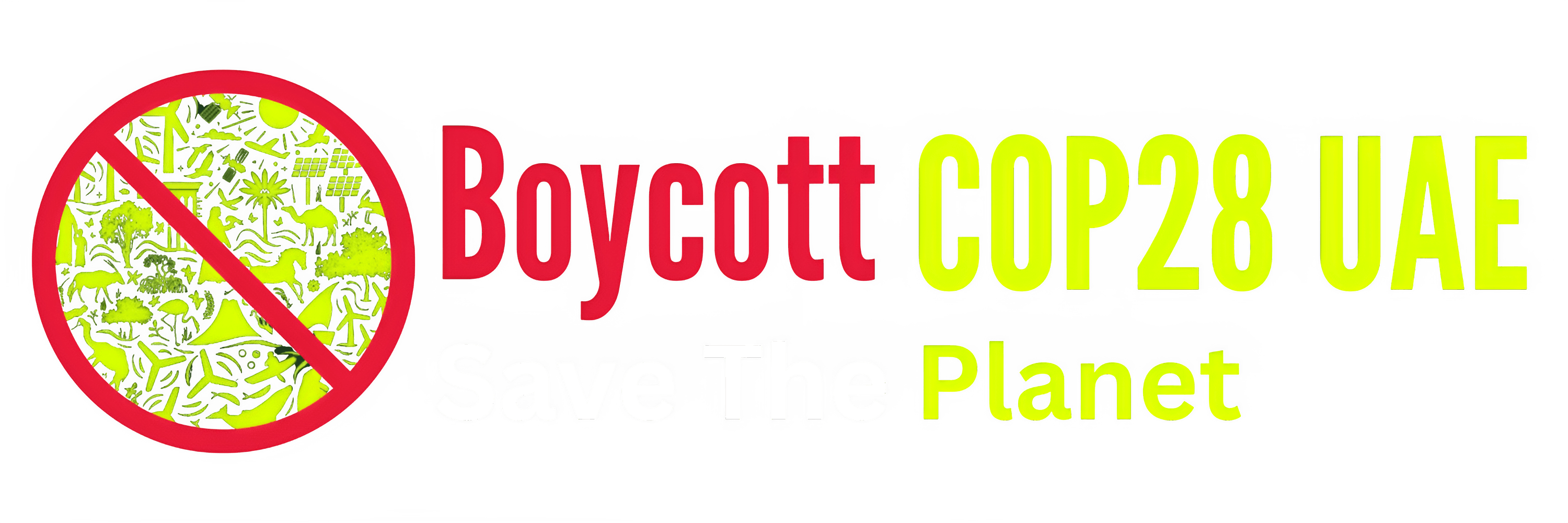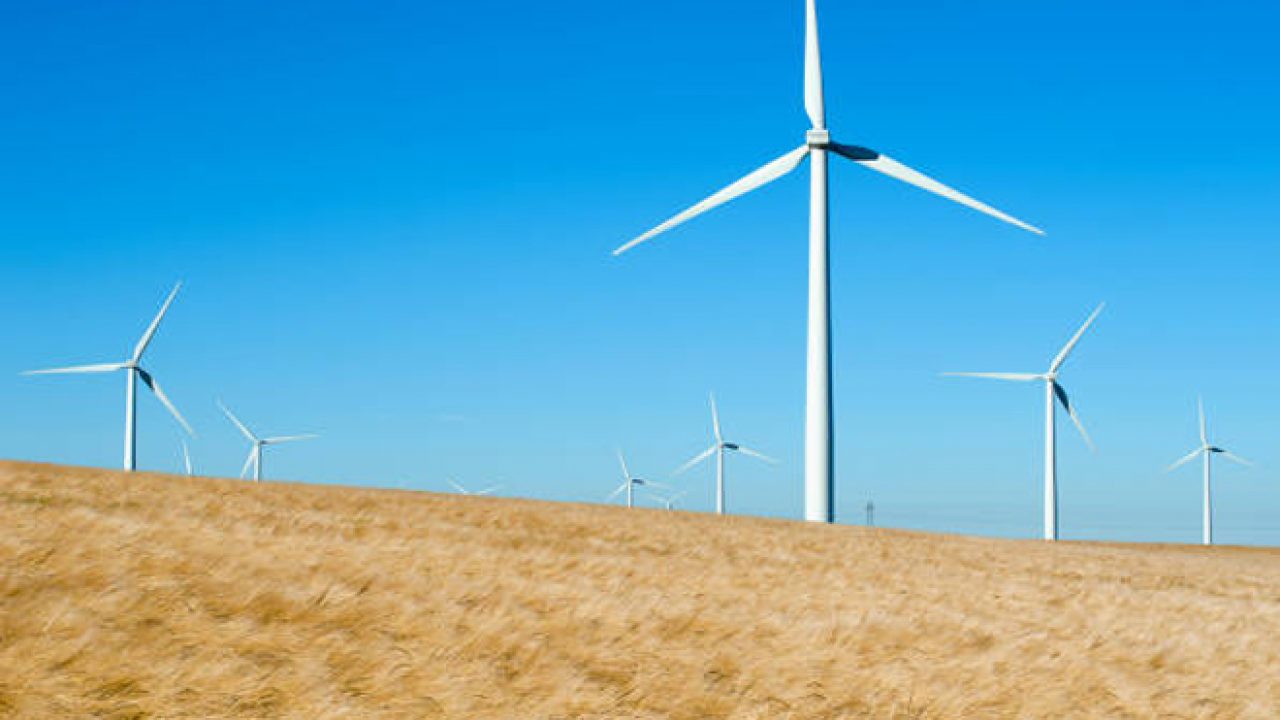The different impacts of climate change are being experienced across the globe, and it stands out as one of the important challenges facing our planet. Climate change impacts communities and economies through rising temperatures and extreme weather. In response to this challenge, many countries and organizations are embracing the concept of a climate-resilient green economy.
At its core, a climate-resilient green economy is a way of creating sustainable economic growth. It aims to transition away from fossil fuels and other environmentally damaging practices and instead focus on renewable energy, sustainable agriculture, and other environmentally friendly activities. This can assist in reducing greenhouse gas emissions, protecting ecosystems, and building resilience to climate change impacts.
What is Climate Resilient Green Economy Strategy
The vision of the Climate-Resilient Green Economy (CRGE) is to attain middle-income status by 2025 through the establishment of a green economy that can withstand the effects of climate change. This vision is built upon four foundational pillars that will serve as the framework for achieving it.
Firstly, the Agriculture pillar aims to enhance food security and raise farmer income while decreasing greenhouse gas emissions. This task will be completed through the implementation of improved crop and livestock production methods.
Secondly, the Deforestation pillar seeks to protect and regenerate forests to provide valuable ecosystem services and reduce emissions. The National Greening Action Program is based on this objective.
Thirdly, the Power pillar intends to expand the use of renewable energy for domestic and regional electricity generation.
Finally, the Transport, Industrial Sectors and Buildings pillar is focused on adopting modern and energy-efficient technologies to improve these sectors and accelerate their development.
The approach focuses on reducing the impact of climate change and adapting to its effects. One major aim is to limit emissions to 150 Mt CO2e by 2030, equivalent to the amount emitted in 2010. This target is much lower than what would be expected in a “business as usual” scenario, which would result in emissions approximately 250 Mt CO2e higher.
Additionally, the plan aims to increase the generating capacity of renewable energy sources by 25,000MW by 2030, with hydro providing 22,000MW, geothermal contributing 1,000MW, and wind supplying 2,000MW. There are also initiatives to replace household wood fuel with cleaner alternatives, such as biogas. The plan includes the distribution of 9 million stoves by 2015 and 34 million stoves by 2030 to promote this transition.
By implementing these measures, the climate-resilient green economy strategy aims to reduce the overall impact of climate change. It seeks to ensure that future generations enjoy a sustainable future with a cleaner and more resilient environment.
Elements of Climate Resilience
Climate resilience involves three key components:
- Preparation
- Adaptation
- Recovery
Preparation entails constructing buildings and structures that can withstand extreme weather conditions and natural disasters with minimal damage. Depending on the building’s current design, this may involve minor modifications such as installing storm shutters or securing shelves. More substantial changes may include elevating the structure, reinforcing its structural elements, or using fireproof materials.
Some communities may require new construction, like concrete seawalls and levees, to guard against stronger hurricanes.
Preparing for climate hazards also involves communicating these risks to residents in languages they understand, so they can make informed decisions about evacuating or sheltering during a disaster. Hazard maps, text alerts, and evacuation routes are some communication methods that can be used.
Adaptation is essential since climate risks continually evolve due to a warming planet. Zoning laws and building codes must be continuously updated to reflect climate projections, and older homes must be retrofitted to meet current construction standards.
Finally, communities must plan for recovery and have resources set aside to ensure rapid and complete recovery. Homeowners must assess damage promptly and communicate it to their insurance companies to expedite repairs.
Governments at all levels should prepare to facilitate recovery, such as clearing roads and distributing aid promptly. Restoring business activity and public services quickly is also crucial for recovery. An MIT Department of Urban Studies and Planning report indicated that communities in New Orleans that opened schools earliest after Hurricane Katrina recovered the fastest.
Read More: What Is Climate Consultant (Goals And Features)
Final Words: Climate Resilient Green Economy
In conclusion, a Climate Resilient Green Economy is essential to achieving sustainable development and combating climate change. It requires integrated efforts from governments, businesses, and individuals to reduce greenhouse gas emissions and promote sustainable economic growth. Investing in renewable energy, sustainable agriculture, and resilient infrastructure can create a more prosperous and resilient future for all.






